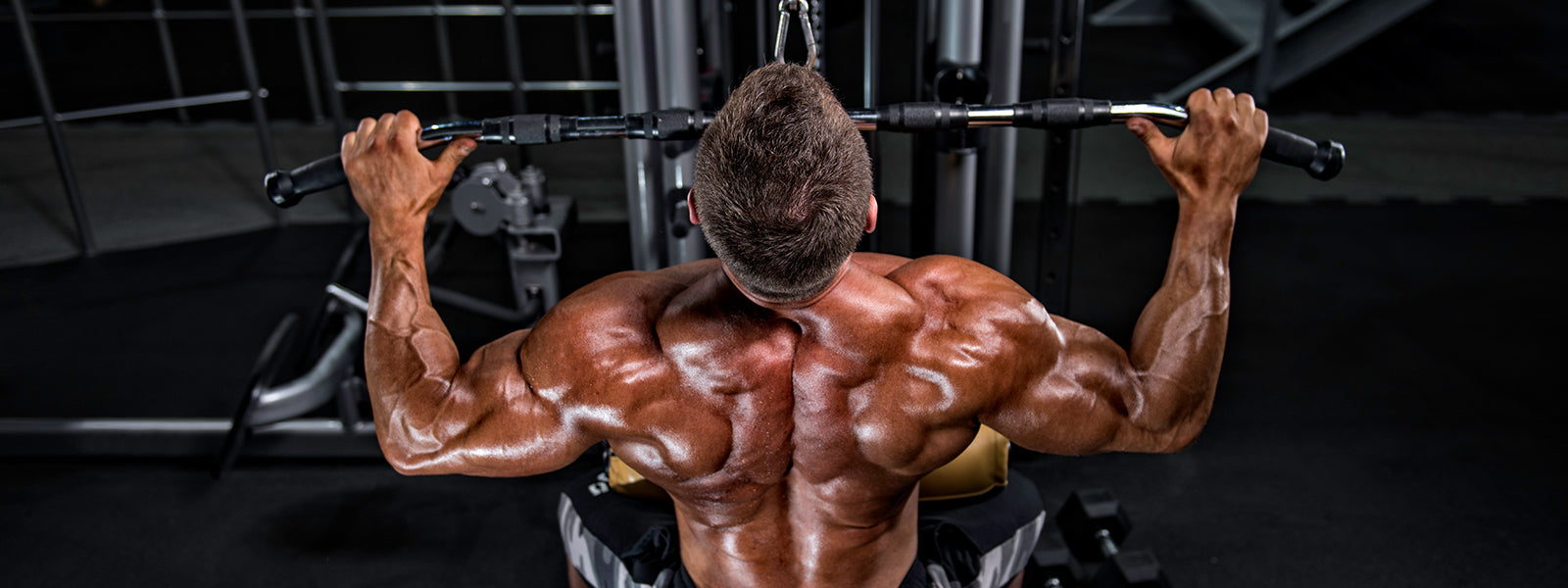Maximize Muscle Gains & Enhance Athleticism with These Top Range of Motion Exercises

Do you consider yourself capable of handling heavy weights? Squatting over 500 and benching over 250 might make you feel like weightlifting royalty. But imagine a trainer challenging you to move those weights further than you’re used to. Could that additional inch during the negative phase of a movement be the decisive factor in achieving continuous muscle growth rather than hitting plateaus?
Lifting heavy can stimulate muscle growth, but your impressive physique is only as good as its range of motion. Here, MUTANT will give you a lay of the land in terms of what range of motion (ROM) means and how you can improve ROM during your workouts to ensure you’re never compromised, no matter the lifting situation.
What’s Range of Motion?
Regarding physiology, range of motion is how capable a joint can go through a spectrum of movements. The complete spectrum can have a different scope depending on its joint. For example, shoulders and ankles have a wide range of motion, while elbows have less range. Improving the range of motion for all of your joints is helpful for many reasons, including longevity, injury-proofing, athleticism, and muscle-building.
Range of motion allows you to move around freely in your day-to-day life. The higher the ROM you have, the better you can move around. Plus, you can strengthen your muscles and joints at different areas on the ROM spectrum, obtaining strength throughout the entire range.
How to Improve Range of Motion
While you may know about stretching to improve ROM, there are other ways to increase your joint’s abilities:
Passive Range of Motion
This is where you go to the extremes of the ROM spectrum with the help of an external force. The external force can be a stretching apparatus, like a resistance band or yoga strap, or a physical therapist stretching your joints for you. Both can provide a heightened range of motion beyond what you typically can do yourself.
When you put your joints through more than what they’re used to, you can strengthen those edges of the ROM spectrum. You can do weightlifting exercises in a higher range of motion and slow pacing. You can also get a good stretch by lifting weights and going slow on the eccentric or negative portion of the exercise. Go as far as your joints will allow you to go. Start with a lighter weight and feel the stretch fully. Slowly add weight to those movements, and you will become stronger in a broader range of motion.
Range of Motion Exercises
Knee Range of Motion
For knee range of motion, do sissy squats. Squat with your heels up on a raised platform using a horizontal bar waist-high for support. Bend backward and push your knees all the way forward. This maximizes the range of motion in the front of the knee. Getting stronger with this movement – more reps, adding small bits of weight – will go a long way toward overall knee health and leg strength.
Elbow Range of Motion
There is flexion and extension for the elbow range of motion, similar to the knees. Extension can only go as far as it goes (a.k.a. straightening out your arms). Flexion only goes as far as your upper arms allow your forearms to go (your forearm can’t go through your biceps). So, a good way to make sure you keep this full range of motion is dumbbell curls from the very bottom to the very top. If you go slow throughout the eccentric, or lowering, portion of the movement, you will gain strength in every area of the range. Holding dumbbells in various curl positions can work, too.
Range of Motion for the Shoulders
A wall is your best friend for the shoulders' range of motion. With your back against a flat surface, put your arms into a “field goal is good” position with both your hands and elbows touching the wall. This is a good chest opener, but it helps show you how flexible your shoulders are. Dumbbell Arnold presses, where you rotate your shoulders as you press, help you gain strength in numerous planes of motion, improving the range.
With these simple-to-implement exercises, you can maintain a healthy bodily range of motion for decades. Be the athletic specimen you were born to be and increase your overall flexibility.
Article by Terry Ramos




